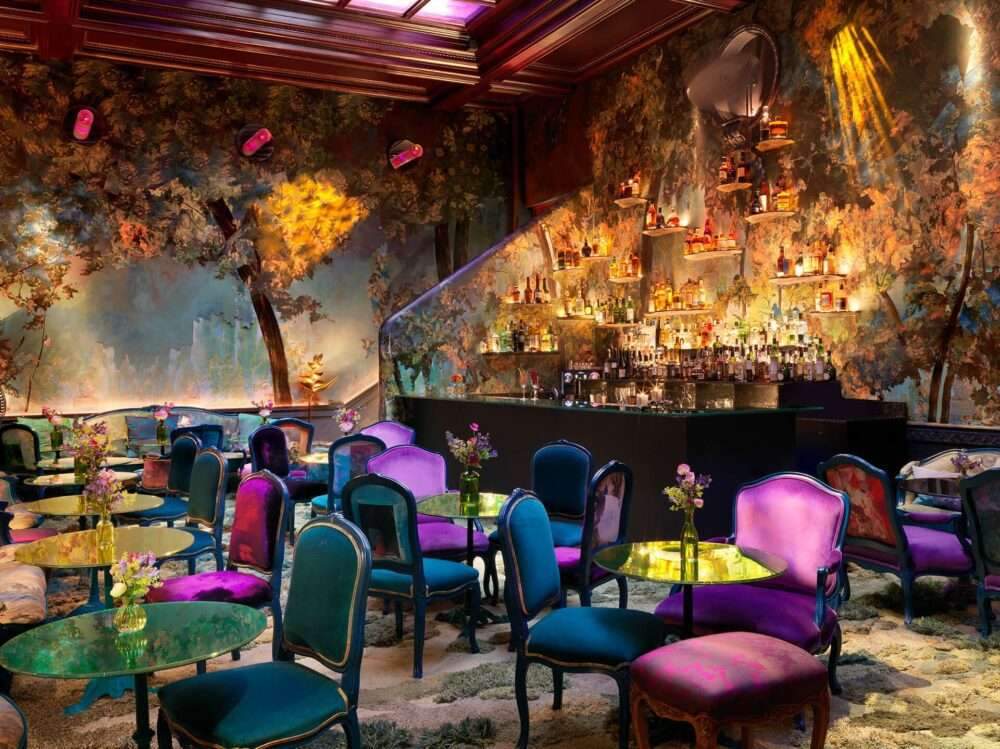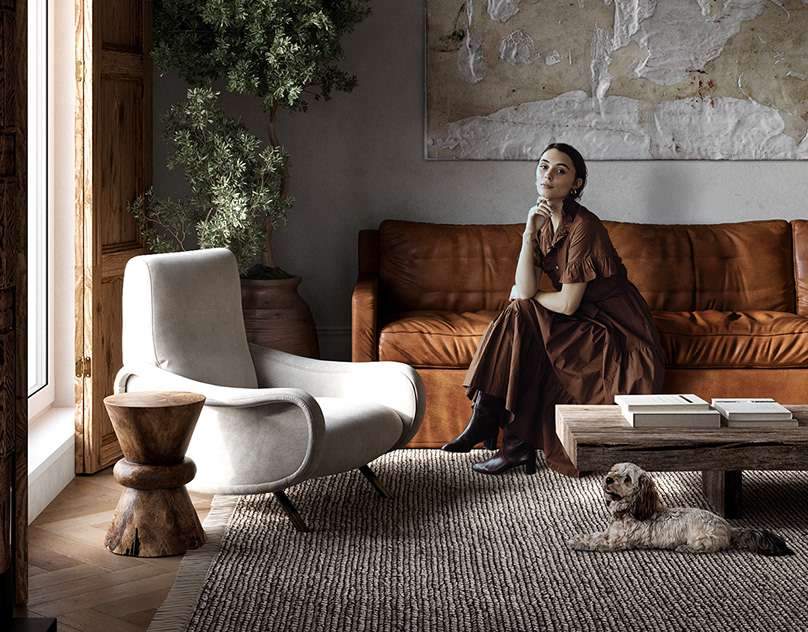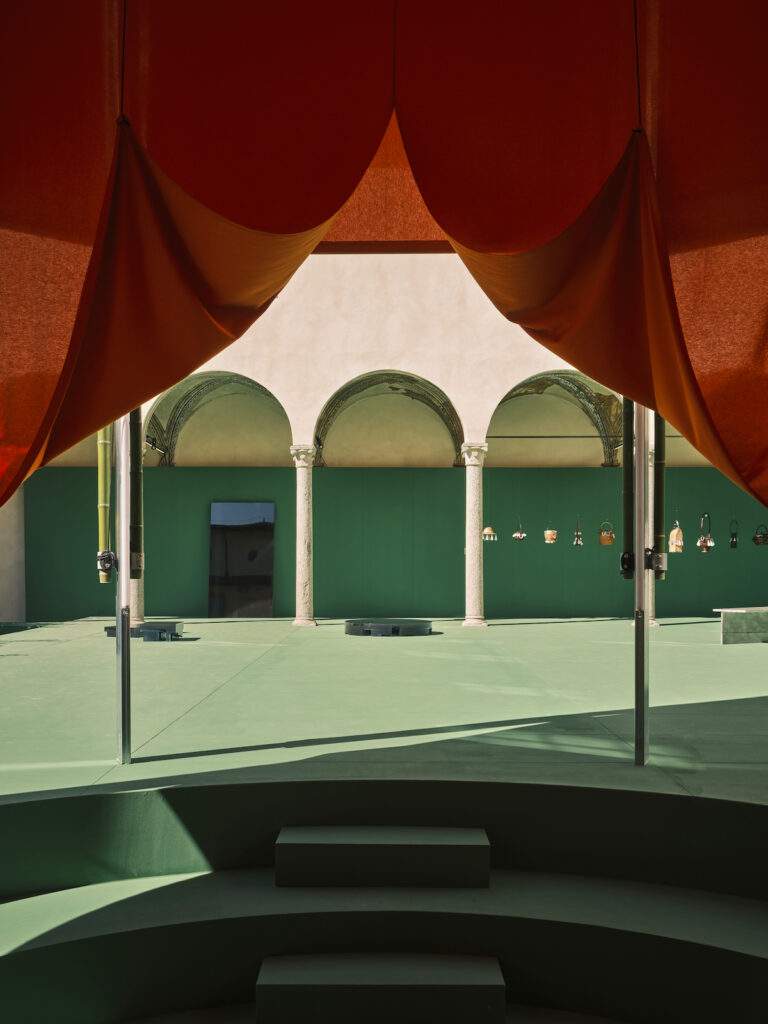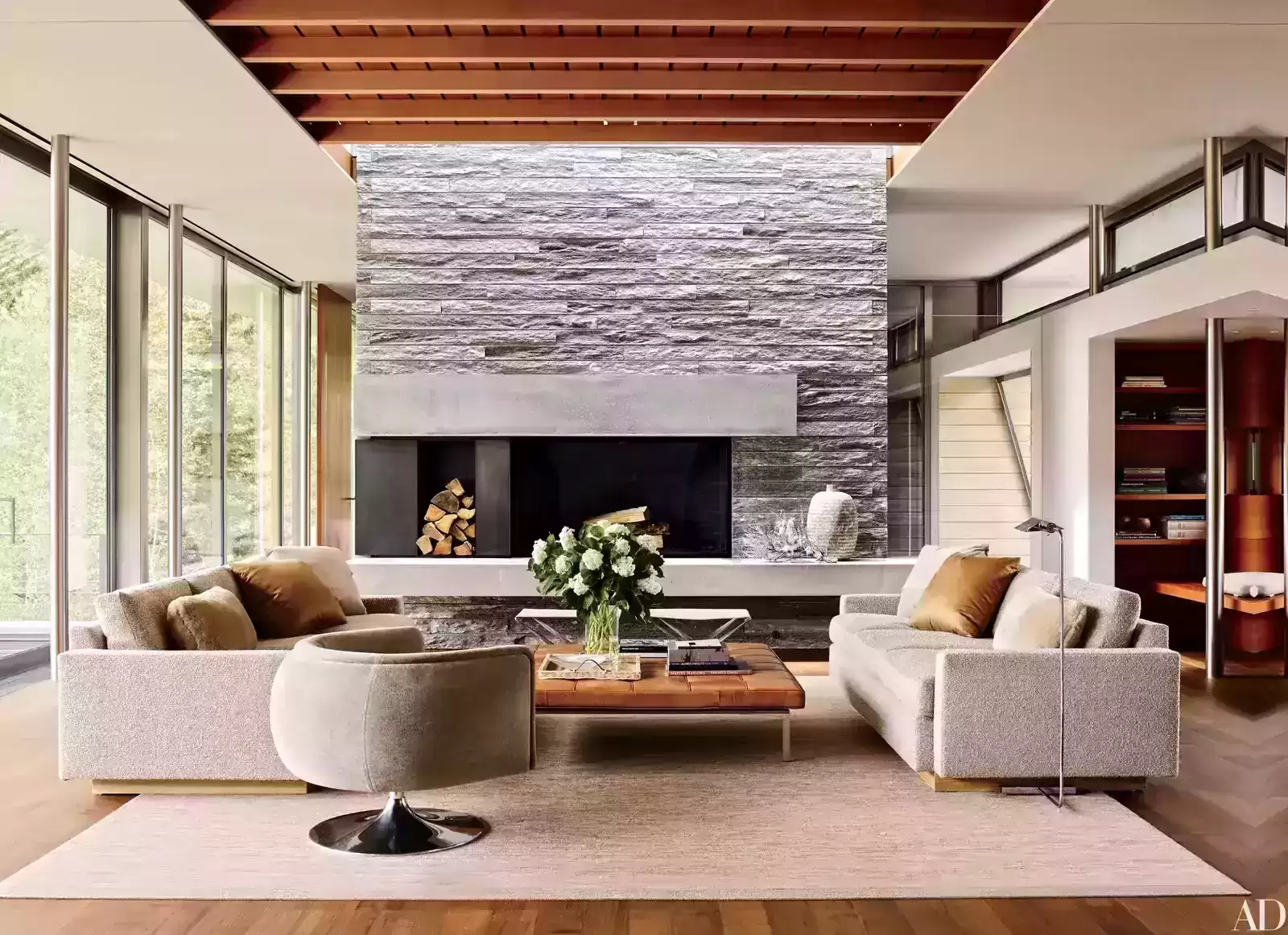Very often the floor is not given the importance it deserves when one considers the definition of floor interior design.
Often times, we think more about the other items that go on top of it, including what to put on the walls.
We regard it as something very specific. All the rest, if we think about it well, is a large surface that affects the visual perspective of a space, the sensory access, and the overall conditions.
Therefore, your good choice is of vital importance to the success of the project.
Any pavement must conform to certain characteristics suitable for the use to which it is to be made,
as well as an aesthetic purpose consistent with the interior design proposal.
All this while keeping in mind the preferences of the customer or end user,
and as it turns out, changing the pavement is not over-performance, simple or economical.
It involves a cost, as well as a significant relocation of any space,
as it is not something we can renovate at our whim,
So it is better to make a well thought out decision, and think about its validity over the years.
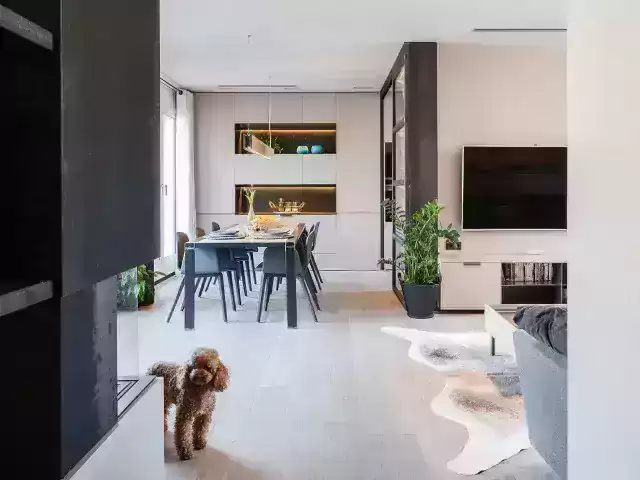
Wood floors: synonymous with comfort and home
The material that is imposed on all homes is wood,
where parquet floors adapt to all styles and are found in many shades.
Natural wood would be optimal, although for reasons of economy or if we prefer not to minimize wear,
we have laminated or synthetic options that do well with more strength and less maintenance.
And the choice of materials and tones will be crucial for its better versatility with different items.
Often in our projects, we use the same parquet as the wood that is used in the table envelope or the customization of a pendant lamp,
To achieve maximum harmony between materials.
Porcelain floors: resistance and functionality
If any type of pavement has seen explosive growth in sales, as well as in shapes and finishes,
this is the ceramic floor.
The technology applied to a traditional type of production has resulted
in shapes that are very light and resistant and in many scales, some of them up to 3 meters long,
This reduces the number of joints and gives a very attractive appearance in large areas.
If wood is the protagonist of our home furnishings,
it is an ideal choice for pavement in order not to adapt the contrasts of different woods and not to saturate textures.
On the other hand, its conditions make it a suitable material for professional spaces with a large number of people.
Where the wide variety of finishes and the great similarity between finishes with natural materials
allows us to place it as one of the alternatives to take more into account.

Textile floors: for tight budgets
The carpet did not have a good press in our latitudes,
the good temperatures do not make it a very necessary alternative in the residential area,
Although they have a large presence in many professional spaces,
such as hotels or offices, for reasons of practicality and ease of renovation.
Whether in rolls or tiles, the materials used have greatly improved in terms of strength,
ease of cleaning, and hypoallergenic qualities.
When you want to print fresh air on the ground,
but you don’t have a big budget and don’t want to do a lot of work,
The best option for changing the floor is to install carpet.
There are also rugs in different textures, colors and patterns to suit any style.
Natural stone floors: an area in renovation
Tile floors made of synthetic materials replaced floors of natural materials for some nobles.
Like marble, its resistance and appearance are tough competition.
On the other hand, there are certain options such as rasella tiles in rustic settings or new terrazzo options in bright colours
Which have been reintroduced in the current proposals with a lot of effect.

Cement and concrete: a booming industrial look
Finally, we highlight the most typical industrial options that we increasingly find in the residential area.
And they can actually be more refined options like mini cement piers,
In addition to being an economical alternative to paint that allows preserving existing floors for many occasions,
It allows us to add color and even water to certain pavements,
which provides a very nice aesthetic effect.
For large open spaces, polished concrete is a very time-consuming option
It will be increasingly popular either by making use of the existing option or by pouring in a new pavement.
Glass and its applications in interior design





